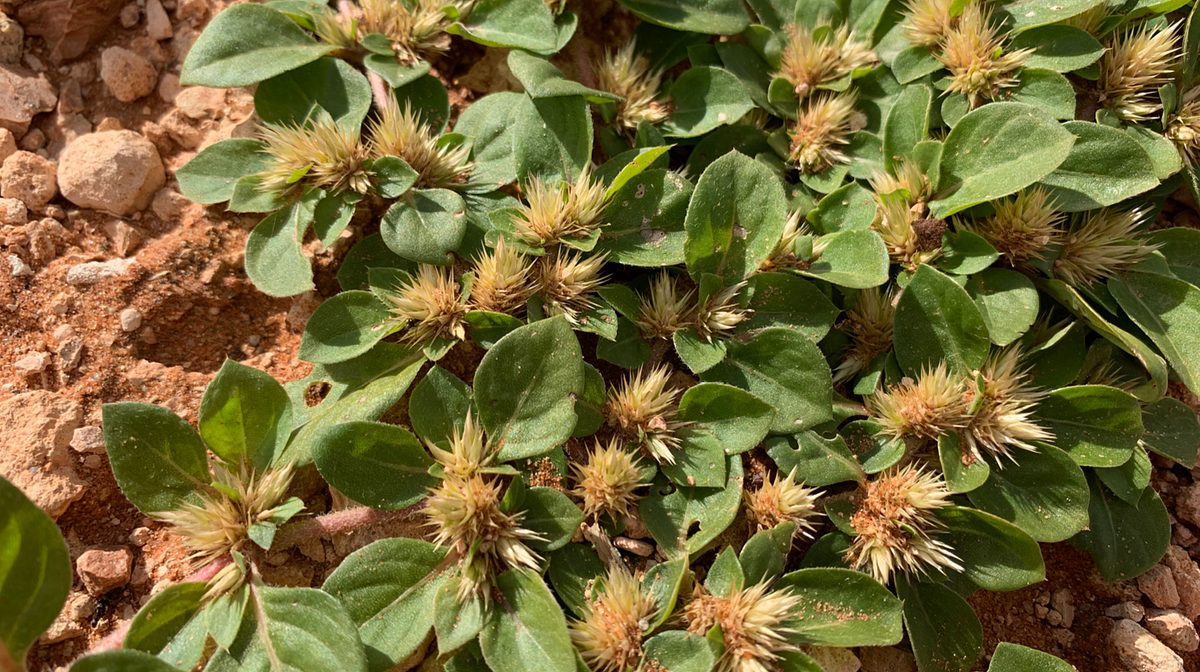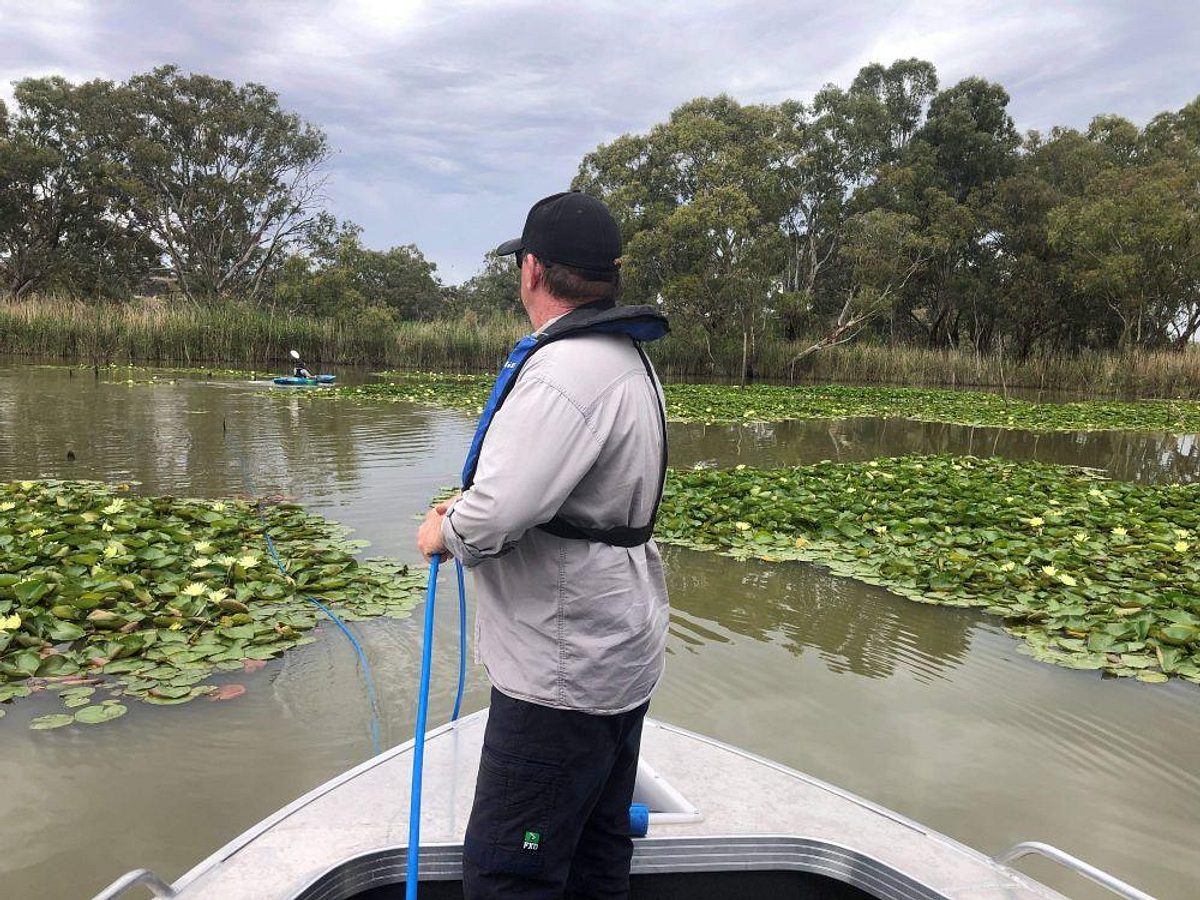Malleefowl kicking goals (and dirt) in the Murraylands and Riverland Region

Malleefowl Monitoring in the Murraylands and Riverland Landscape 2016-2022: A ‘blog-style’ overall story about the project.
Mound over matter: Introducing the bird that bakes its babies!
Let’s talk about one of Australia’s most remarkable birds – the malleefowl. Despite what the headline might suggest, it only kinda bakes its babies! Although hard to get a good look at in the wild, malleefowl are fascinating, ground-dwelling birds (yep, they can still fly!) found across southern Australia. They’re about the size of a large chicken, eat a bit of everything, and are best known for their massive nesting mounds. The males build these by piling up soil and leaf litter to create a compost heap that generates heat – nature’s very own incubator!
Instead of sitting on the eggs like most birds do, the male carefully monitors the mound’s temperature, incredibly just using his beak, and then controls it by adding or removing material. Their scientific name, Leipoa ocellata, translates to “spotted egg-leaver” – which is pretty spot on! Once the chicks hatch underground (usually one at a time), they dig their way to the surface all by themselves, and from that point on, they’re totally on their own. No parental help, no siblings to hang out with – just instant independence – no ‘raising young ones’ here! Unbelievable!!
Over the years, malleefowl have picked up quite a few nicknames too – including ‘gnow’, ‘mallee hen’, ‘native pheasant’, ‘lowan’, ‘nganamara’, ‘incubator bird’, and even ‘thermometer bird’ – the latter two from how they nest and use their beaks.

Malleefowl: Hidden gems with a tough story
Ever seen a malleefowl in the wild? If you have, you're one of the lucky ones! These shy, ground-dwelling birds are absolute masters of camouflage, blending into their mallee scrub surroundings so well they’re almost impossible to spot. They live in dry, sandy country covered in mallee vegetation, mostly across southern Australia. And here’s the good news: our own Murraylands and Riverland region is still one of the best places in the country to find them. There's still plenty of suitable habitat left here, and it’s a really important stronghold for the species.
But there's some not-so-good news too. Across much of their range, malleefowl numbers have been going downhill. The biggest problem? Loss of habitat—not just from clearing land, but also from overgrazing and the gradual degradation of the scrub they depend on. Because of this, they're now listed as Vulnerable to Extinction nationally.
Murraylands and Riverland = malleefowl HQ
Here’s some good news though - according to our amazing scientists, the malleefowl seem to be holding their own in the Murraylands and Riverland region, so far. Working this out isn’t an easy feat either, given our malleefowl friends are so good at hiding! Anyway, the bird’s status hasn’t just been a fluke however – it’s coming off the back of over 30 years of a lot of ridiculously hard work and research that is paying off. Those hard workers have been at all levels and include the National Malleefowl Recovery Team, the local landscape board and Department for Environment and Water, scientists, staff and an army of volunteers, including farmers and other warriors – not only helping the malleefowl directly but also honing the science that is guiding the efforts that are giving the best ‘bang for buck’.
But the malleefowl aren’t ‘out of the woods’ yet as we are in the midst of testing times, with a big drought affecting the region right now and generally below long-term average rainfalls over years in the lead-up. So while we are still learning about better ways to secure their future, we need to keep at it.
Beyond the usual suspects: It’s not just foxes - what’s really hurting malleefowl (and us)!
This research is also starting to show that the threats to malleefowl might not be exactly what we thought in our region. While introduced predators (like foxes) have long been seen as the main danger, it turns out that things like over-grazing - by both native and introduced animals, like feral goats and rabbits - and changes in climate are also having a big impact. These are impacting the native vegetation which is in turn affecting the malleefowl - and it’s not just affecting malleefowl, but other species and ecosystems, as well as agriculture and the local community (yep, that’s us!).
Also, one of the other most insightful results of this research is showing that removing old, unused pastoral dams from conservation areas has significantly reduced over-grazing in those areas. These dams aren’t needed for livestock anymore, but they’ve still been providing water for feral goats and large numbers of kangaroos - both of which put serious pressure on the landscape through overgrazing, especially in fragile Mallee bird habitats.
By taking these dams out, the goal is to:
- Ease grazing pressure
- Help water soak back into the ground in the wider landscape
- Give native plants a chance to grow back
For many bird species, that means more vegetation to hide from predators. And for the malleefowl in particular, it also means less competition for the food they rely on - things like seeds, fruits, flowers, and tender green shoots. The great thing is, the benefits are expected to keep growing over time, which is why ongoing monitoring will be so important to see just how big an impact this work can have in the long run.

What now?
Great question! These are big challenges, no doubt—but there’s plenty we can do. Climate change is a global issue playing out on the big stage, and everyone has a role to play. But when it comes to overgrazing, that’s something we can tackle closer to home, right here in our own backyards. Both are important—they just need action at different levels.
Sure, managing water access for feral and over-abundant herbivores is tricky, especially in areas where running livestock are part of the mix. But it’s firmly on the agenda, with scientists and ‘bush’ engineers’ or hands-on problem-solvers are working on clever, practical solutions.
Meanwhile, the push, by scientists, land managers and volunteers, to protect malleefowl and other threatened mallee birds is going strong across the country. And while the current drought is making things tough, the determination to keep these birds around for future generations hasn’t wavered.
So watch this space—there’s a lot of good work happening, and plenty of reasons to stay hopeful.
Written by Phil Barron, 2025.
If you're interested in volunteering for malleefowl monitoring, visit our FLOW page for further information.


